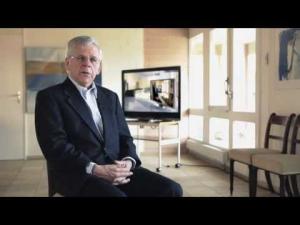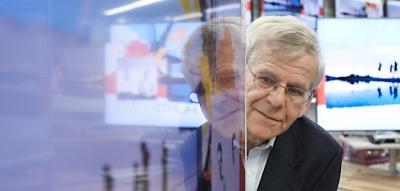Martin Schadt
Winner of the European Inventor Award 2013 in the category Lifetime achievement
The invention in a nutshell
In 1970, Swiss physicist Martin Schadt created the world's first flat-panel liquid crystal display, better known as an LCD. Working in a lab at the pharmaceutical company F. Hoffmann-La Roche in Basel, he discovered that jolting liquid crystals with electricity would cause their spiral molecular structures to ‘unwind' and become opaque.
The next step was to sandwich the crystals between two plates of plastic attached to an electric grid. By activating only tiny sections of the grid at a time, Schadt discovered that individual "pixels" could be manipulated with electricity to alter their light transmission, making them appear either transparent or opaque. Their low energy requirements meant LCDs could be operated with ordinary batteries, optimising them for consumer use.
Societal benefit
By developing the world's first flat-screen display, Schadt opened the floodgates to a torrent of low-energy mobile devices that have made their way into the hands of millions of consumers worldwide.
Economic benefit
The market for flat-panel displays, and especially LCDs, is only expected to grow in coming years due to the ubiquity of tablet computers, mobile phones, and personal computers. In 2012, liquid crystal displays accounted for worldwide revenues of roughly $100 billion and electronics giants such as Sharp, Sony, Panasonic and Philips manufactured more than 40 million LCD TVs using Schadt's technology.
Media gallery
Contact
European Inventor Award and Young Inventors Prize queries:
european-inventor@epo.org Subscribe to the European Inventor Award newsletterMedia-related queries:
Contact our Press team#InventorAward #YoungInventors








